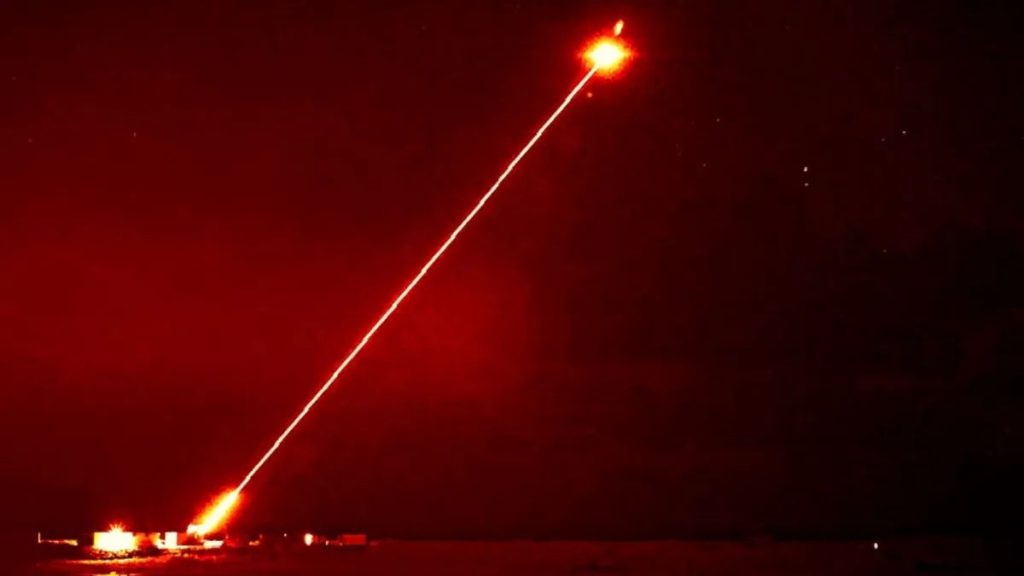The UK Armed Forces are closer to having a powerful laser weapon that can hit targets with high accuracy and low cost. The DragonFire laser-directed energy weapon (LDEW) system has successfully fired at aerial targets for the first time in a trial at the MOD’s Hebrides Range.
Low-cost operation
DragonFire is a laser-directed energy weapon (LDEW) with an operating cost of less than £10 ($13) per shot, making it much cheaper than conventional missiles. It is designed as a line-of-sight system with a classified range. Firing it for 10 seconds is equivalent to using a heater for an hour. It could be a long-term alternative for some air defense tasks that rely on expensive ammunition.
SEE ALSO
RELATED
Scientists find new way to supercharge lasers by a million times
Japanese startup plans to vaporize space junk using ground lasers
Israel’s ‘Iron Beam’ laser weapon may join combat service soon
How do laser weapons work? What to know about the US Army’s latest tool
It also offers “pinpoint accuracy” that could enable the UK to target enemies more precisely than other weapons while reducing the need for expensive ammunition. It can also cut through targets at the speed of light, causing structural damage or detonating warheads.
The latest trial builds on previous testing that included a “first static high-power laser firing” by the UK. The £100 million DragonFire program, launched in 2017, is jointly funded by the MoD and industry. MBDA provides the command, control, and target tracking systems, Leonardo makes the advanced beam director and optics, and QinetiQ contributes the precision laser source.
The DragonFire project is led by the Defence Science and Technology Laboratory (Dstl) on behalf of the MOD, in partnership with industry leaders MBDA, Leonardo, and QinetiQ. The project aims to bring this cutting-edge technology into service for the Army and the Royal Navy.
UK’s powerful laser weapon in action hits aerial targets for the first timeThe DragonFire system.
Government of UK
Defence Secretary Grant Shapp praised the project: “This type of cutting-edge weaponry has the potential to revolutionize the battlespace by reducing the reliance on expensive ammunition while also lowering the risk of collateral damage.”
“Investments with industry partners in advanced technologies like DragonFire are crucial in a highly contested world, helping us maintain the battle-winning edge and keep the nation safe.” he added.
High accuracy and miletsones
The project has achieved several milestones, including the first static high-power laser firing of a UK capability and the demonstration of the system’s ability to track moving targets on land and sea with high accuracy.
The MOD plans to fund a multi-million-pound program to transition the technology from the research phase to the operational phase.
The latest trial was supported by various government agencies, ensuring all safety and regulatory requirements were met.
Dstl’s Chief Executive, Dr Paul Hollinshead, said:
“These trials have shown us the great potential and challenges of directed energy weapons.”
“With our extensive knowledge, skills, and experience, Dstl is essential in helping the armed forces prepare for the future.”
The US looks to be a step ahead of the UK on the road to achieving entry to service with a naval-based high-energy laser, as the Navy and Lockheed Martin have partnered to install the manufacturer’s High Energy Laser with Integrated Optical-dazzler and Surveillance (HELIOS) on the guided-missile destroyer USS Preble (DDG 88). The HELIOS system is expected to provide the Navy with a scalable laser weapon capability to counter surface and air threats.


























+ There are no comments
Add yours